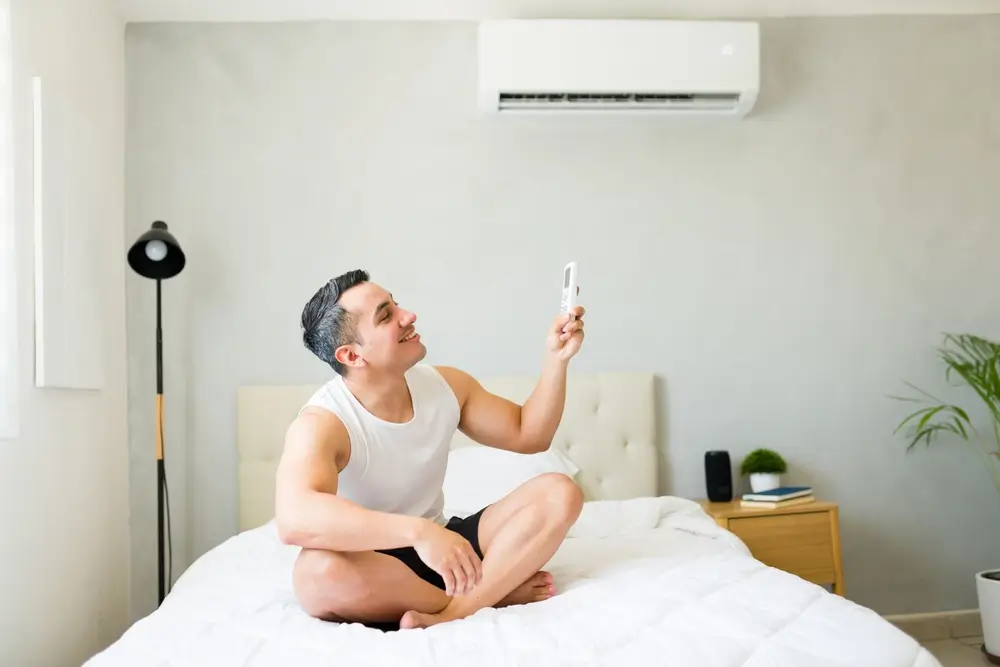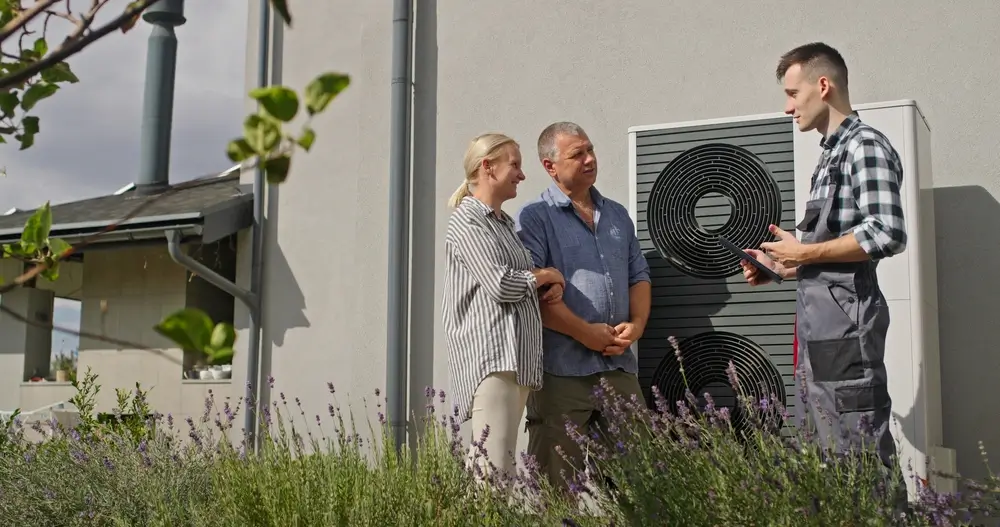
by Carlo Santos | Jun 19, 2025 | A/C Unit
Mitsubishi mini split systems have earned their reputation as the gold standard for ductless heating and cooling solutions. If you’re considering upgrading your home comfort system, understanding the true cost of a Mitsubishi mini split goes far beyond the...

by Doug Morgan | Nov 14, 2024 | A/C Unit, Air Duct, Blog
Is your aging HVAC system making you nervous about an unexpected breakdown? Or perhaps you’re planning ahead for a replacement and want to understand the real costs involved? You’re not alone – thousands of homeowners face this decision each year, often...
by Doug Morgan | Oct 23, 2023 | A/C Unit
As the peak of summer arrives, the comfort of a well-functioning air conditioner becomes a necessity. Choosing the right air conditioner for your room size is crucial to ensure maximum comfort. To do this, you need to consider an important factor called BTU, which...
by Doug Morgan | Oct 9, 2023 | A/C Unit
Welcome to another informative blog post from your trusted HVAC partner, National Air Warehouse. As we endure the peak of summer heat, let’s take a moment to appreciate the marvel of modern technology that keeps our homes and offices cool – the air...
by Doug Morgan | Sep 18, 2023 | A/C Unit
A Chilled Salute to the USA! From the scorching summers of Arizona to the sultry heatwaves of Florida, from the shimmering plains of Kansas to the bustling cities of New York and California, homeowners and construction professionals across our beloved United States...
by Doug Morgan | May 18, 2023 | A/C Unit, HVAC
Living in Tampa, Florida means dealing with high temperatures and humidity levels for the better part of the year. A reliable air conditioning system is essential for keeping your home comfortable and healthy. Whether you’re installing a new AC unit or upgrading...

by Doug Morgan | Apr 3, 2023 | A/C Unit
If you’re a resident of Tampa, FL, you know how important it is to have a well-functioning air conditioner. With hot and humid temperatures year-round, it’s crucial to maintain your AC system, and one of the essential tasks is cleaning and changing your...
by Doug Morgan | Apr 3, 2023 | A/C Unit, HVAC
Welcome to our blog post, where we will help you Beat the Heat and fix your air conditioning problems fast! As an expert from National Air Warehouse and a local of Tampa, FL, I understand the importance of having a reliable air conditioning unit, especially in hot and...
by Doug Morgan | Mar 25, 2023 | A/C Unit
Are you in the market for a mini-split heat pump? Before making a purchase, it’s essential to know how to size the system to ensure optimal performance and energy savings. A ductless mini-split system is an excellent way to heat and cool various areas of your home...
by Doug Morgan | Mar 20, 2023 | A/C Unit
Casement windows offer a visually appealing option for homeowners, with better ventilation and natural light. However, standard rectangular air conditioning units may not be suitable for these windows. Luckily, there are casement window air conditioners available that...




